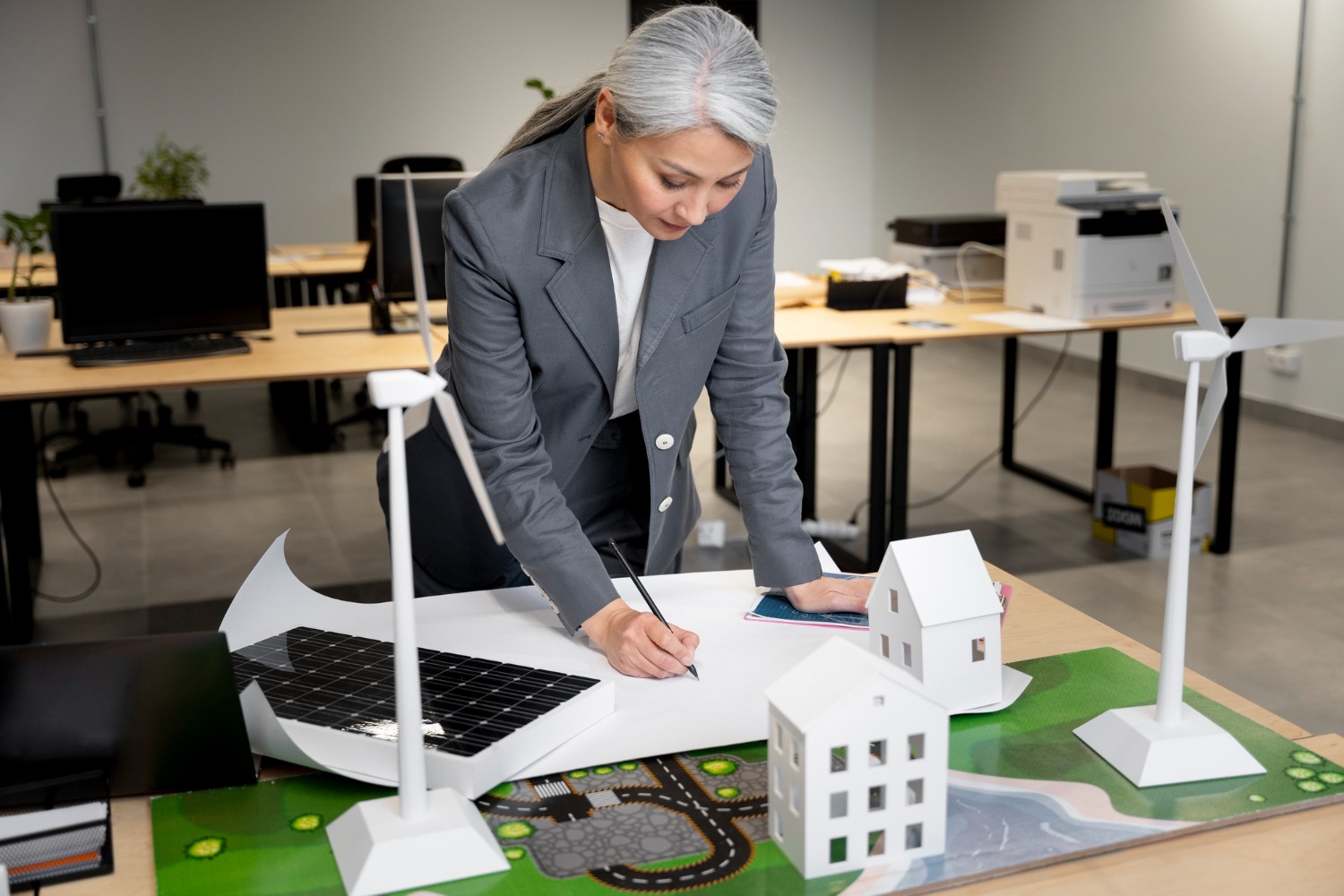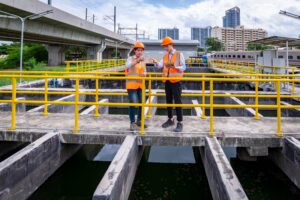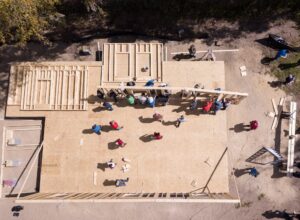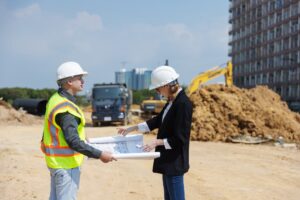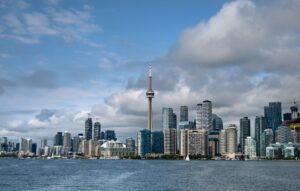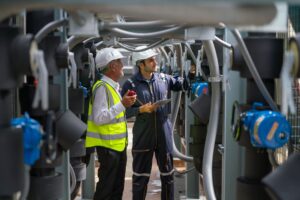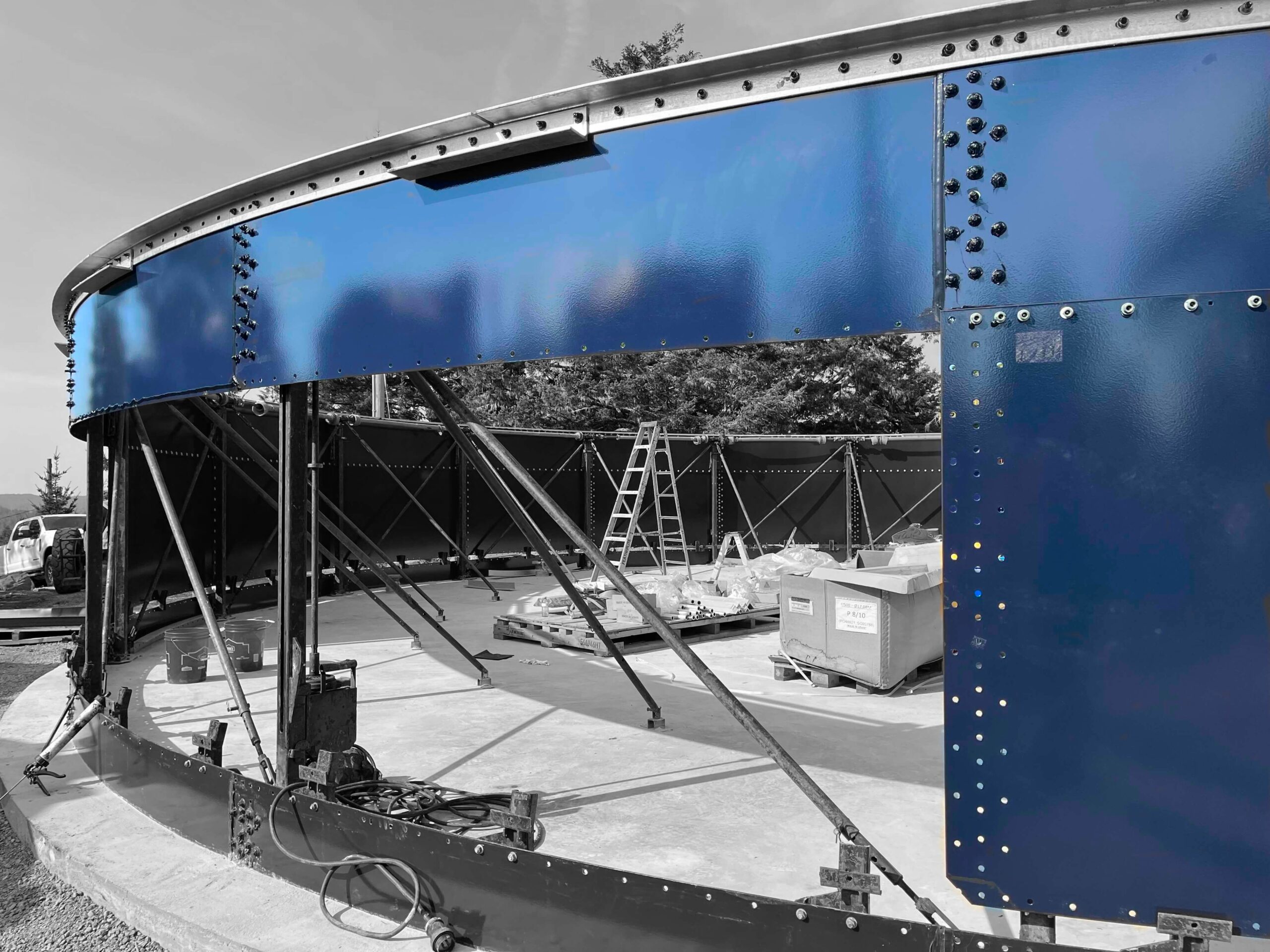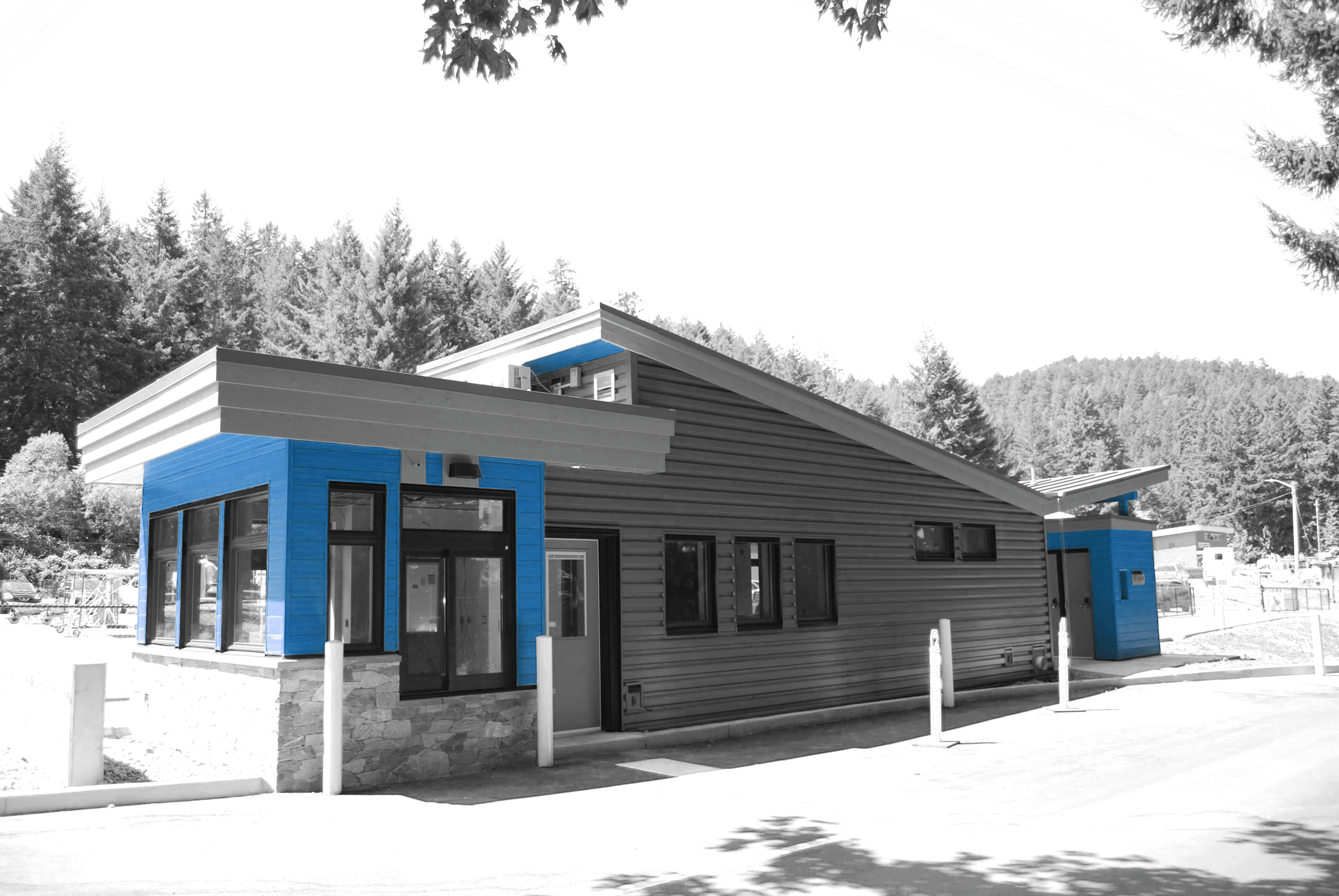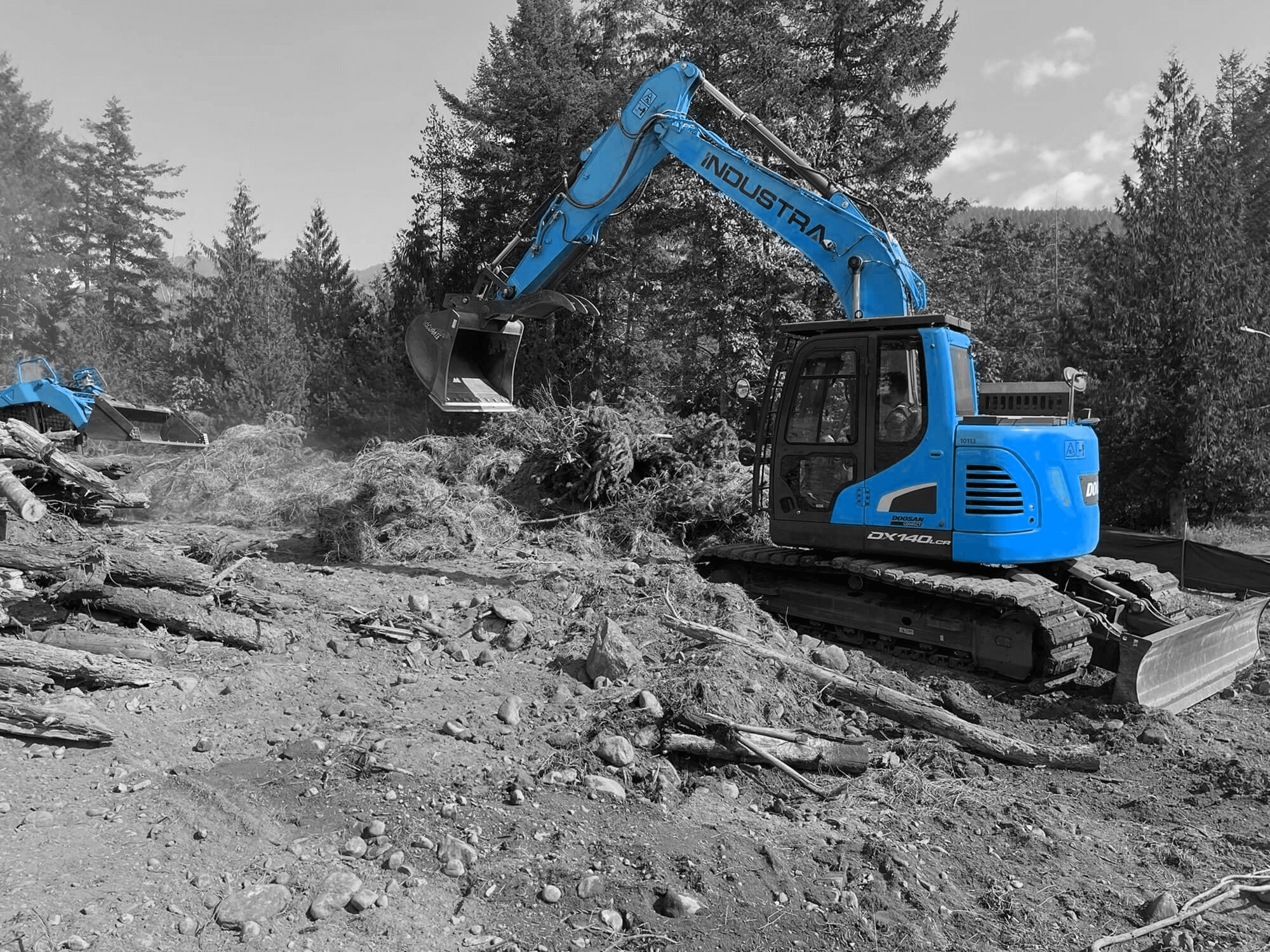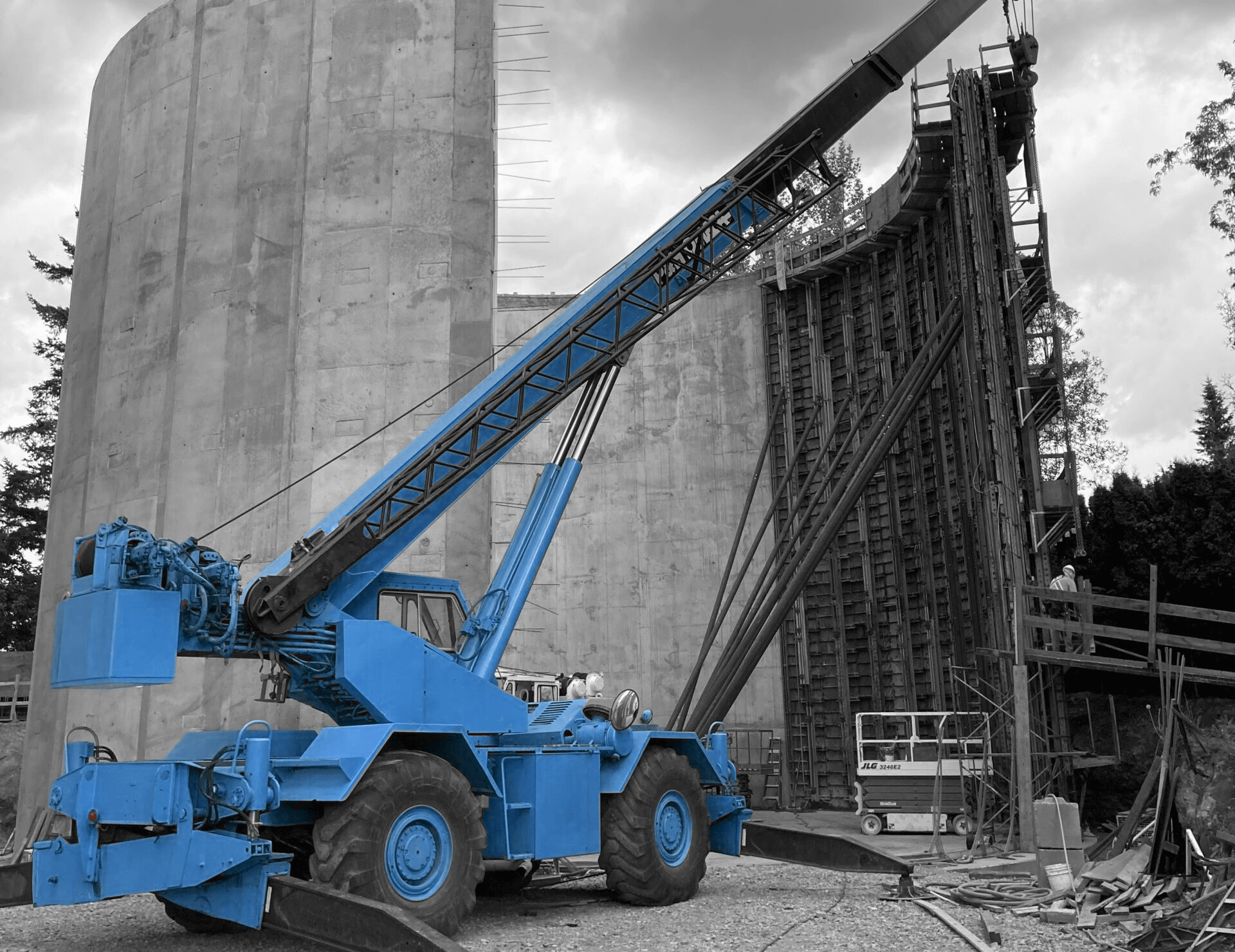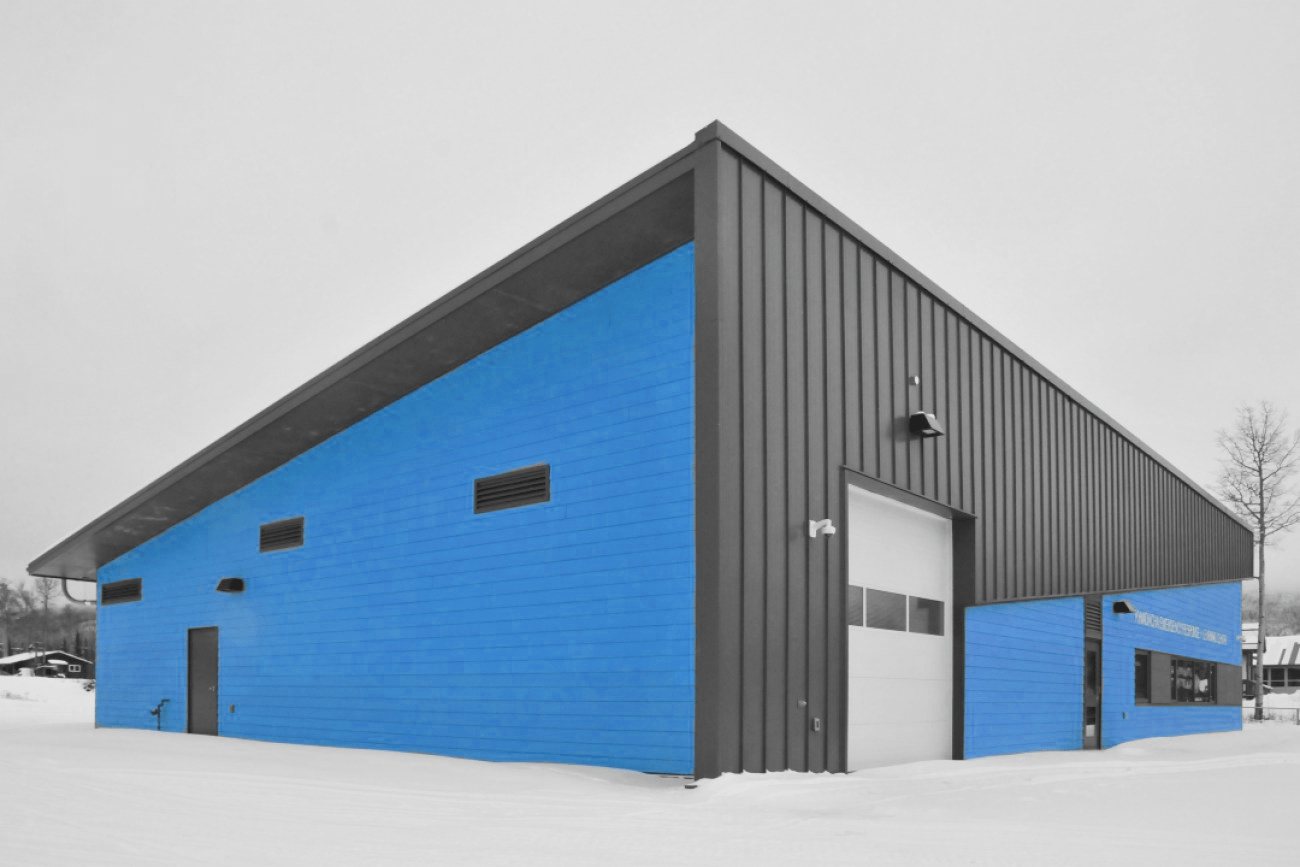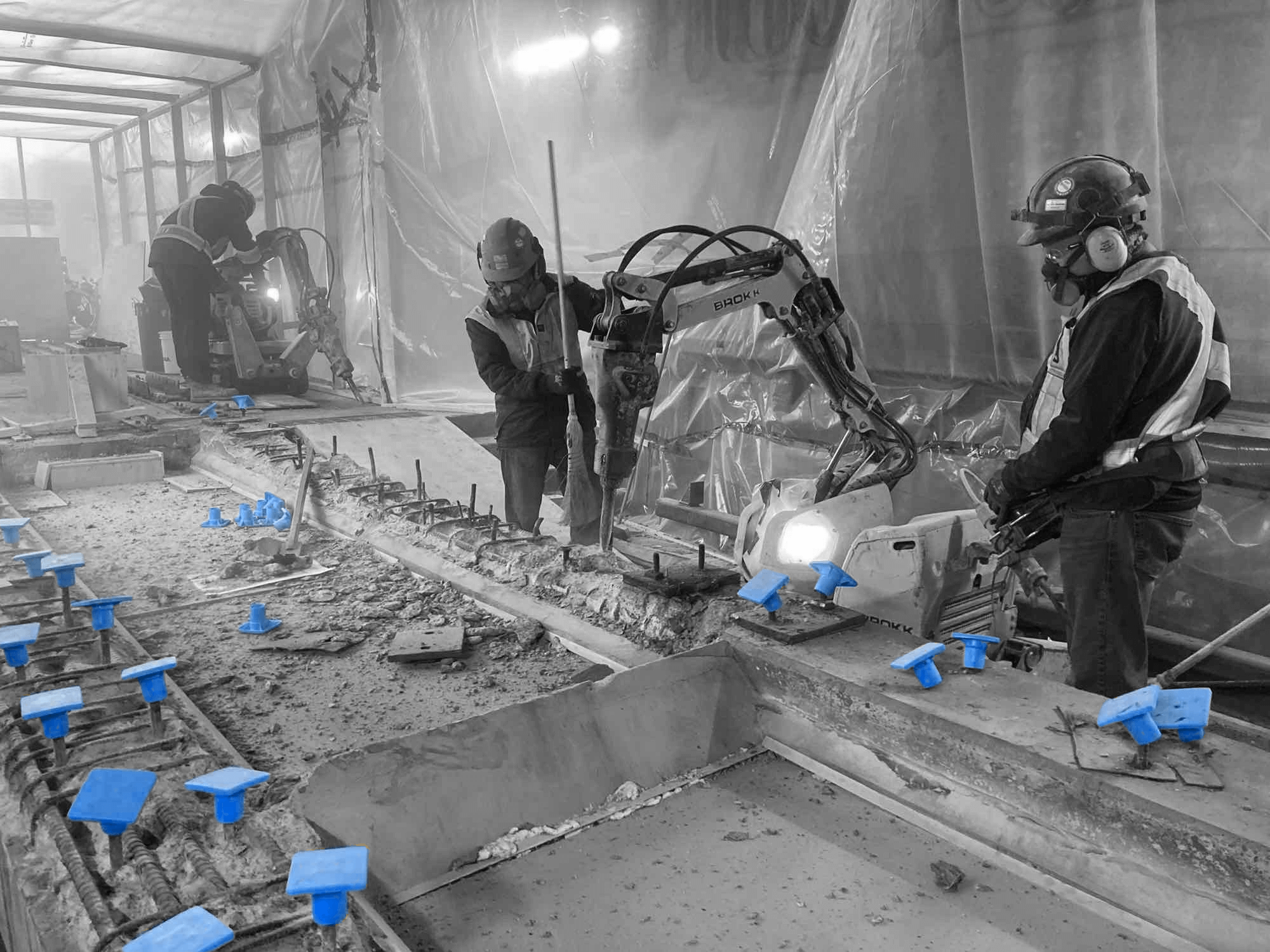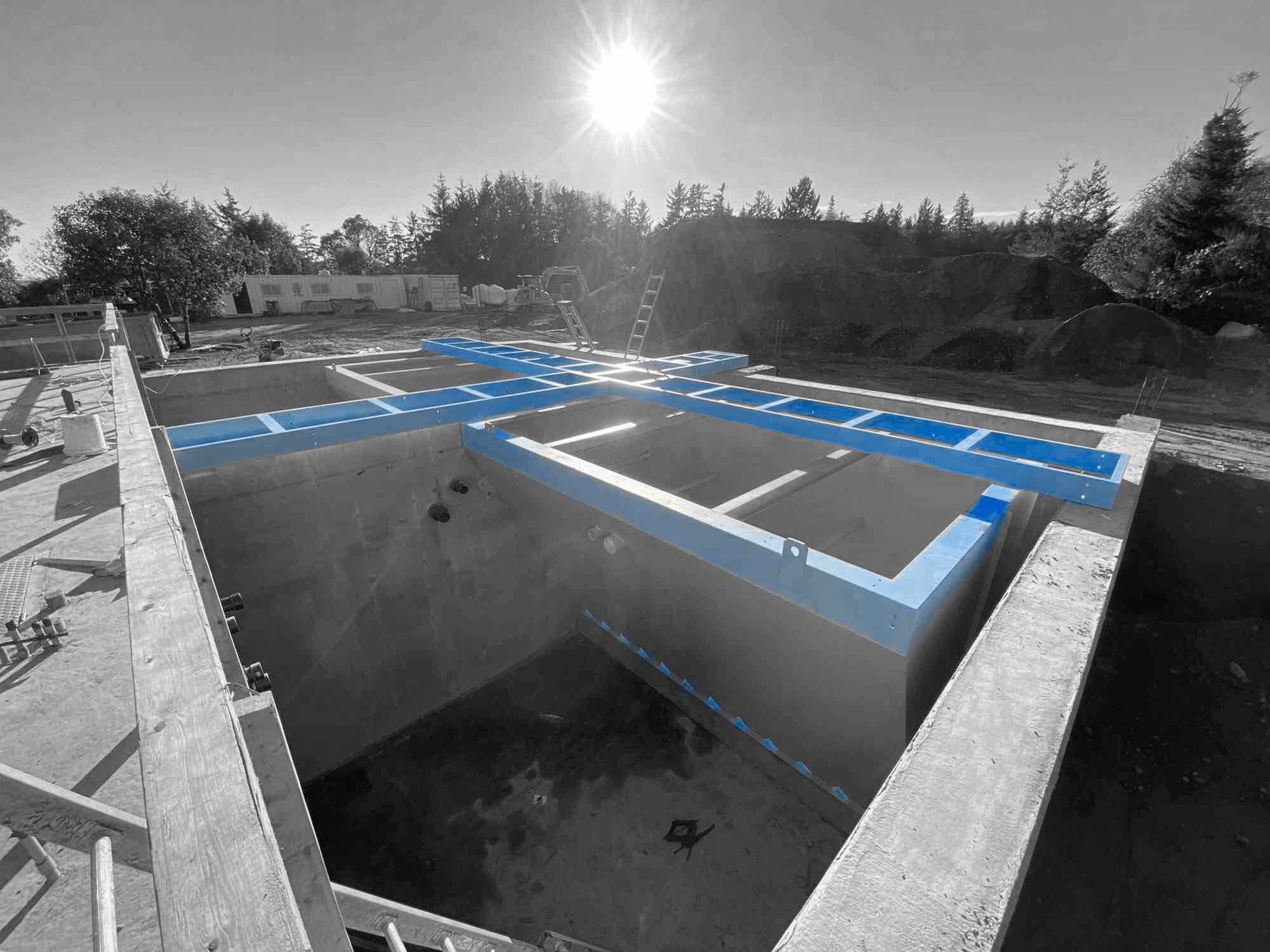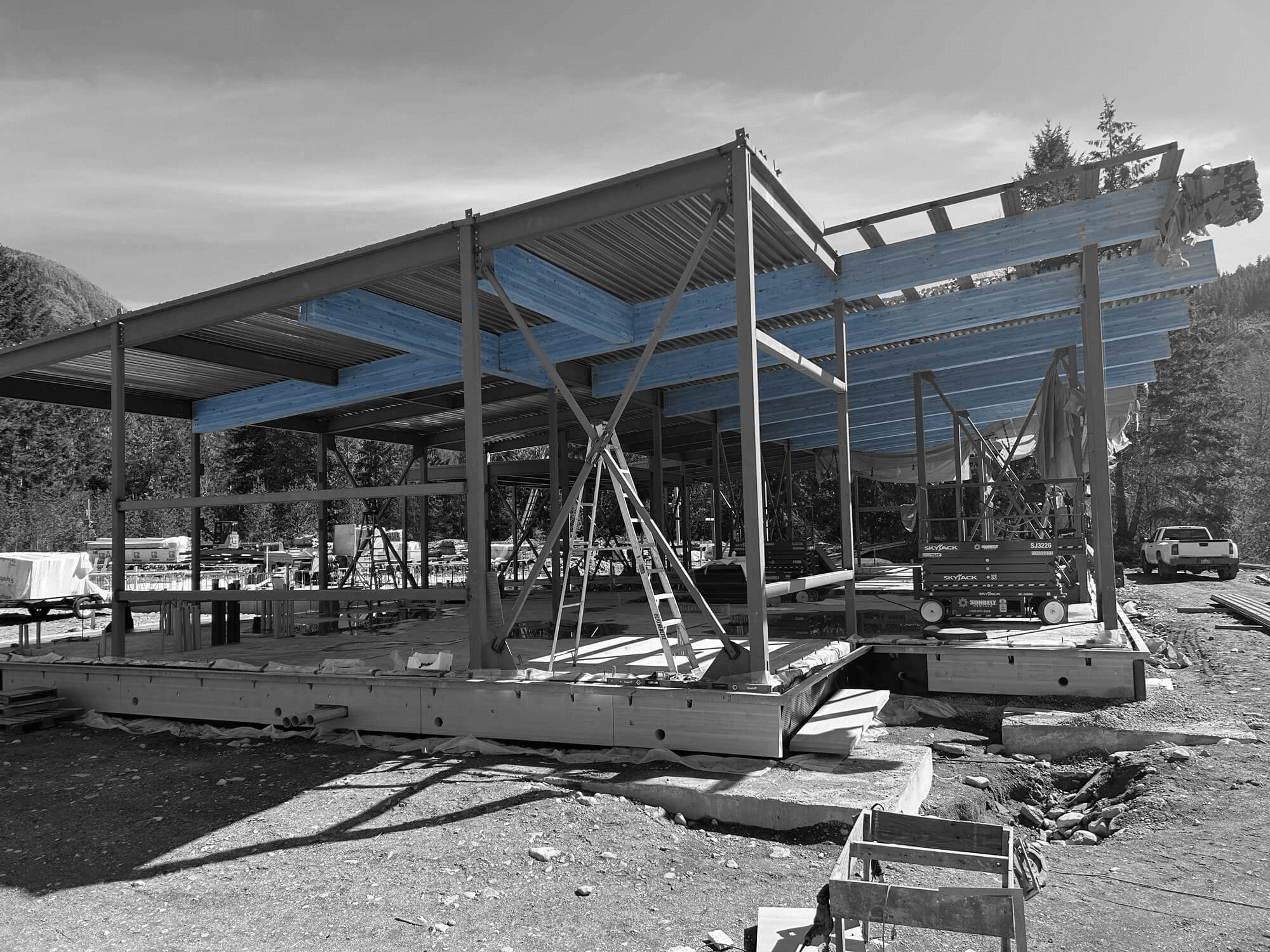In today’s world, where environmental concerns are central, finding sustainable solutions in construction is more important than ever. The method known as EPC (Engineering, Procurement, and Construction) design-build has become a key player in the effort towards green building. This approach brings together all stages of a construction project into a single contract to make planning and execution more streamlined and effective. With current environmental challenges, there is a significant opportunity to make these projects more eco-friendly, benefiting not just the planet but also communities in places like Surrey, Mississauga, and other regions in Ontario and BC.
Reducing the environmental impact of construction projects can improve air and water quality, reduce waste, and preserve natural habitats. These benefits resonate well in both urban and rural settings, offering a healthier way of living while supporting the local economy. By focusing on the environmental aspects of EPC design-build projects, communities can enjoy cleaner air and water, alongside savings on energy costs. This proactive approach to sustainable construction is beneficial for everyone involved.
Understanding EPC Design-Build Construction
To grasp the concept of EPC design-build construction, it’s helpful to compare it with how traditional construction works. In a conventional project, different companies handle distinct phases, including design, procurement, and construction, leading to possible communication gaps and inefficiencies. EPC, however, combines these phases into a single streamlined process, which makes management simpler and more efficient.
This method ensures that all parties involved in the project are on the same page from the start, encouraging a more collaborative approach to problem-solving and innovation. As projects progress, having a cohesive team focused on the same goals eliminates many of the pitfalls found in traditional construction. This approach not only cuts down on costs and time but also opens the door to incorporating green practices seamlessly.
EPC projects can adapt easily to sustainable practices. For example, using eco-friendly materials and planning for renewable energy sources becomes second nature within this framework. This adaptability helps communities achieve their sustainability goals faster and more effectively.
Eco-Friendly Planning and Design
Sustainable planning is the backbone of any eco-friendly construction project. By starting with green principles, developers can minimize harm from the outset. The choice of materials is a significant part of this planning. Opting for resources that are renewable or have minimal environmental impact is crucial. Materials like bamboo and recycled steel not only reduce waste but also lessen the carbon footprint.
Another vital element is technology. Modern projects can utilize advanced technologies to optimize energy use and manage resources responsibly. Here are a few ways these concepts are put into action:
– Using solar panels or wind turbines for energy supply, cutting reliance on fossil fuels.
– Implementing rainwater harvesting systems to conserve water.
– Designing buildings that naturally regulate temperature, reducing the need for heating or cooling systems.
The integration of these technologies doesn’t just lower usage of unwanted resources but also adds to long-term savings. Projects must consider the local surroundings, ensuring that construction practices don’t disrupt natural ecosystems or local wildlife. This conscious effort can turn potentially harmful projects into positive developments for the community.
With all these elements considered, EPC design-build projects can not only meet the growing demand for responsible construction but also inspire other projects to follow suit. This proactive stance ensures we are building a better, more sustainable future for generations.
Efficient Resource Management
Managing resources carefully during construction is one of the best ways to cut down on environmental impact. Starting with waste, construction sites can generate a lot of it, but there are solid strategies for reducing this. Planning for the efficient use of materials minimizes leftovers. Think about sourcing materials that have been recycled, which not only reduces waste but also often costs less.
The construction industry also benefits hugely from using renewable resources. Integrating materials like recycled aluminum or energy-efficient lighting into a project can make a significant difference. Besides saving money in the long run, these changes also align with a growing interest in preserving natural resources.
Efficient energy use on construction sites involves several measures. For instance, relying on machines and equipment that have energy-saving features reduces power consumption. Consider using LED lights or other low-energy options to illuminate work areas. These small steps have a big impact when applied throughout a construction project.
Innovative Technologies for Environmental Protection
Technology is changing how we approach construction, providing new ways to lower environmental impact. Smart building systems, for example, are revolutionizing how buildings use energy. They automatically adjust lighting, heating, and cooling systems to save energy based on use and occupancy. Not only does this cut down on power bills, but it also reduces the carbon footprint significantly.
Integrating renewable energy sources like solar panels or wind turbines is another effective strategy. These not only provide a stable source of green energy but also demonstrate a commitment to sustainable development. As technology advances, so do water management systems. New systems can better control water usage and reduce waste, ensuring that resources are used effectively.
Some technologies work behind the scenes, but their impact is visible in the long-term sustainability of projects. Implementing these innovations makes a powerful statement about the priorities of builders and developers, meeting community expectations for eco-conscious construction.
Promoting Sustainability in Operations
Once a project is completed, it’s important to continue efforts to maintain sustainable operations. Regular maintenance and monitoring can prevent issues that may cause undue environmental stress. For example, checking HVAC systems regularly ensures they are running efficiently and not leaking heat or air conditioning.
Operational practices can also support sustainable goals. Using green cleaning products and maintaining building systems to reduce energy consumption are small changes that have a significant effect. These practices ensure buildings remain efficient and sustainable years after construction is finished.
The commitment to sustainability requires ongoing effort and a willingness to adapt operations as needed. By encouraging businesses and communities to adopt these practices, we are not just building more sustainably — we are preserving resources for future generations.
Summary and Next Steps
Reflecting on the strategies discussed, EPC design-build projects present a great opportunity to tackle environmental concerns head-on. From the initial planning stages involving eco-friendly practices, resource management, and innovative technology, every step has a role in creating green construction.
Communities like those in Surrey and beyond can lead by example, showcasing how adopting sustainable methods in construction benefits both the environment and the economy. The changing landscape of the construction sector makes it the perfect time to adopt these strategies. By doing so, you are contributing to a healthier planet and potentially setting new industry standards.
To take these ideas forward in your construction projects, consider the potential for reduced environmental impact as a priority from the outset. For more information about eco-friendly practices and innovative construction techniques, exploring partnerships with experienced providers could offer valuable insights and support in achieving these goals.
Adopting sustainable building practices can make a big difference for the planet and local communities. If you’re looking to make an impact with your next project, explore how Industra Construction Corp. can assist you with innovative design-build construction solutions. Visit our site to learn more about creating eco-friendly projects that benefit both the environment and your business.


